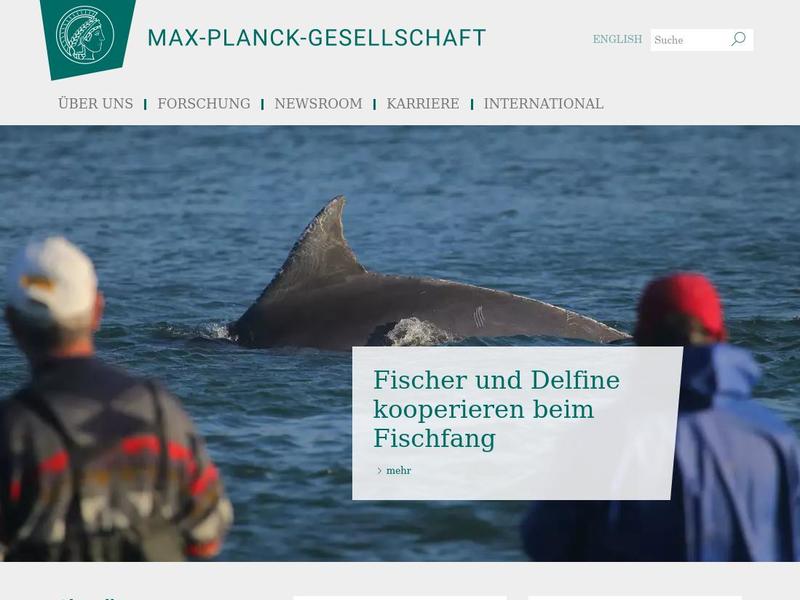At the 74th Annual Meeting in Göttingen, several changes occurred within the Max Planck Society’s leadership. Alongside Patrick Cramer assuming the role of President, the Vice-Presidents also began a new term with a mix of new and familiar faces. The new Vice-Presidents are Claudia Felser from the Max Planck Institute for Chemical Physics of Solids, Sibylle Günter from the Max Planck Institute for Plasma Physics, and Christian Doeller from the Max Planck Institute for Human Cognitive and Brain Sciences. Asifa Akhtar from the Max Planck Institute for Immunobiology and Epigenetics, on the other hand, is entering her second term as Vice-President.
He also holds the position of Professor of Medicine

